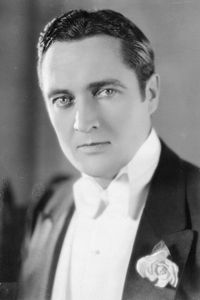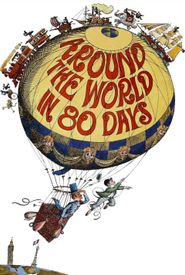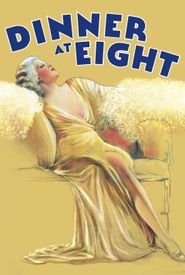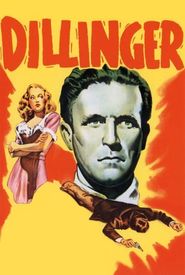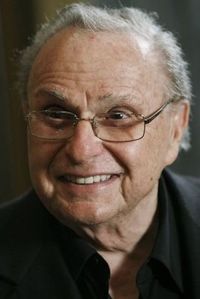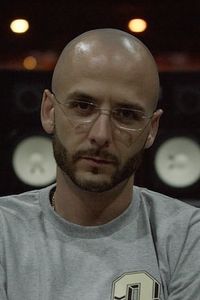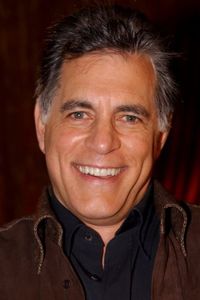Tall, athletic leading man, the son of a judge, with a career path that underwent several changes. Initially, he was destined for the priesthood, but he later switched to studying law, then teaching English and elocution, which ultimately led him to the acting profession. He started his journey in vaudeville before joining the Oliver Morosco stock company in 1911 and making his Broadway debut six years later in 'The Brat'. The world of motion pictures soon beckoned, and with his imposing physique and debonair manner, he quickly rose to becoming a popular matinee idol, starring in A-grade productions such as 'East of Suez' (1925).
In 1926, he was cast against type in the role of Sergeant Harry Quirt in Maxwell Anderson's World War I drama 'What Price Glory', a role he would be identified with for the remainder of his career. He also featured in several sequels, co-starring his on-screen adversary Victor McLaglen. After that, he alternated between romantic leads, such as 'Dinner at Eight' (1933),and tough guys. In the latter category, he gave a strong central performance in the role of Specs Green in 'Dillinger' (1945),one of the slickest productions turned out by the little poverty row studio Monogram. The film elicited complaints from a few meekly-inclined civic groups and was even banned in Chicago for two years due to its 'brutal, sensational subject matter'. Irrespective of this, it was a winner at the box office.
Edmund Lowe remained much sought-after by producers, having eased effortlessly into supporting roles once his days as a star were over. He worked under contract at 20th Century Fox (1924-1927, 1929-1932, 1934-1935),Paramount (1932-1933),MGM (1936),and Universal (1938-1939). From the 1940s, he still played leads for smaller studios, free-lanced, and later acted in television. Late in his career, he starred in his own half-hour series, 'Front Page Detective' (1951),as a sleuthing newspaper columnist. In private life, Lowe had a reputation for impeccable attire and sartorial elegance. Not as well-remembered today as he deserves to be, he is nonetheless immortalized with a star on the 'Walk of Fame' on Hollywood Boulevard.
